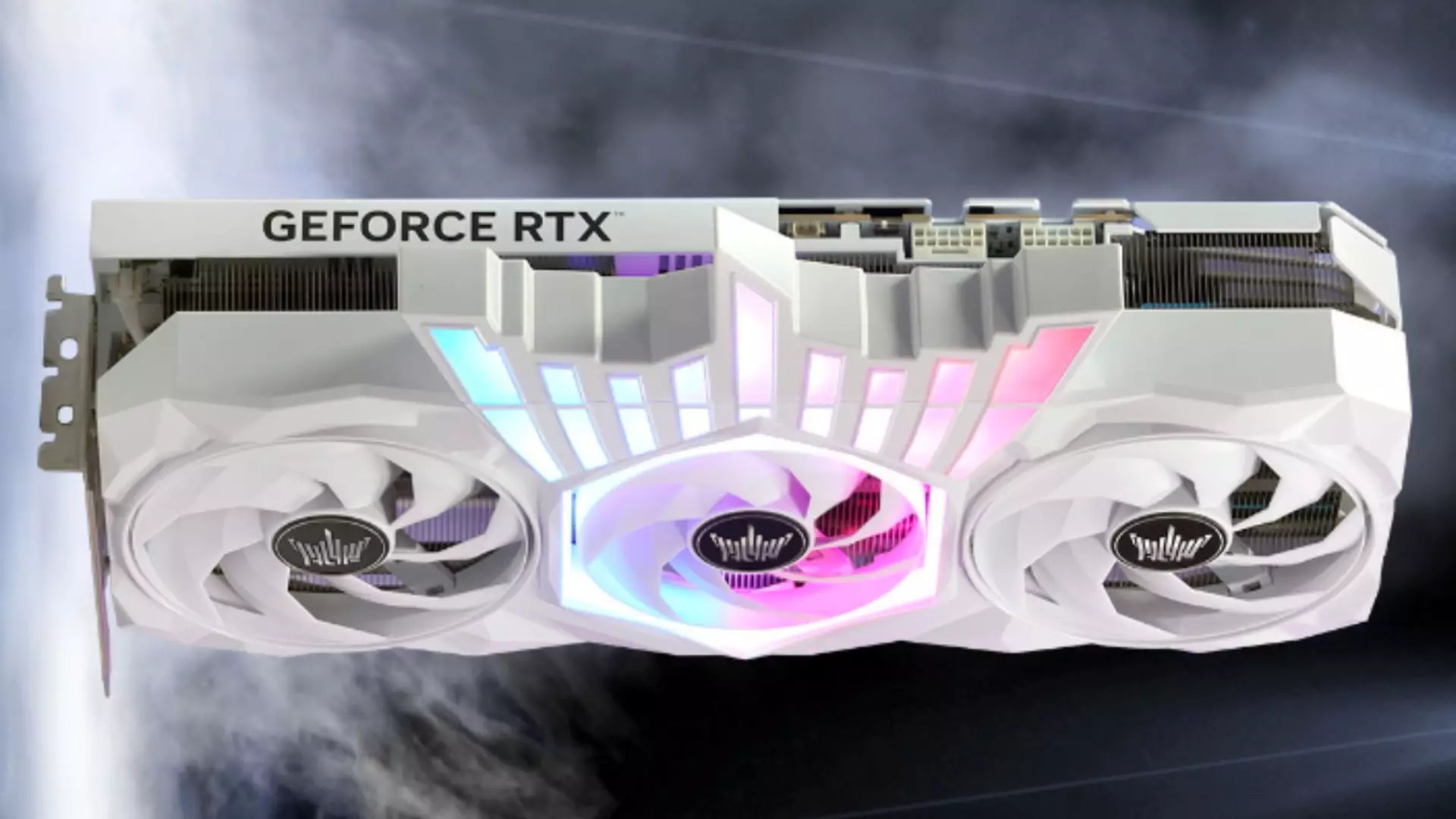In the realm of high-performance graphics hardware, few releases evoke such a mixture of awe and skepticism as the Galax RTX 5090 D HOF XOC Edition. This card stands out not merely because of its raw specifications but due to its audacious approach to pushing the boundaries of what GPU architecture can achieve. While most gamers are content with stock settings and moderate overclocking, this flagship exemplifies a mentality rooted in extreme experimentation and the relentless pursuit of supremacy. Its existence invites both admiration for engineering bravado and questions about the practicality of such power levels in real-world scenarios.
This card’s design communicates its purpose explicitly: it is not aimed at the casual gamer but at dedicated overclockers who hunt for record-breaking scores and bragging rights. The overbuilt power delivery system, with its 38-phase architecture and dual 16-pin power connectors, exemplifies the engineering commitment necessary to sustain the colossal wattage demands. Yet, what truly captures attention is the emerging evidence of a BIOS that purportedly allows a staggering 2,001-watt power limit, a figure that defies conventional understanding of GPU operation. Such a number is more of a statement than a feasible everyday scenario—highlighting the card’s potential rather than its practicality.
Engineering Marvel or Overclocking Fantasy?
The hardware specifications underscore the card’s extreme nature: a hefty 12-layer PCB designed to withstand the immense thermal and electrical stresses involved in pushing past standard limits. The 3,650 MHz overclock achieved by notable overclocking team OGS, aided by liquid nitrogen, is nothing short of extraordinary—especially considering the factory stock performance is significantly lower. This overclocking feat is emblematic of how such high-end hardware can transcend typical boundaries if given the right conditions, yet it also raises questions about longevity and real-world usability.
What makes this GPU particularly compelling is the combination of hardware overkill and the promising, yet largely theoretical, BIOS modifications. The maximum power limit of 2,001 W remains an unattainable ideal under normal operating conditions, constrained by built-in hardware consumption safeguards. It presents a paradox: the hardware is capable of more, yet safety and stability are carefully maintained in everyday use. This standoff between raw capability and safety protocols embodies the culture of extreme overclocking, where software modifications are often the only way to unlock hidden potential, albeit temporarily and at great risk.
The Hidden World of Overclocking Subculture
The clandestine dissemination of such BIOS files and performance tweaks paints a vivid picture of the overclocking community’s secretive nature. These enthusiasts, often armed with specialized cooling solutions like liquid nitrogen, treat hardware as an experimental canvas rather than a finished product. The process becomes less about gaming or productivity and more about challenging boundaries, testing the limits of engineering and patience.
This selective sharing and the scarcity of accessible BIOS files demonstrate how specialized and insular this subculture remains. The risks are high; pushing a GPU to such extremes can void warranties, cause irreparable hardware damage, or even pose safety hazards. Yet, these enthusiasts derive value from the pursuit itself—the thrill of surpassing previous records, the technical mastery involved, and the bragging rights that come with it.
A Reflection of Aspirations or Technical Excess?
Ultimately, the Galax RTX 5090 D HOF XOC Edition exemplifies a philosophy that values pushing the envelope above practical utility. It symbolizes a mindset that sees hardware not just as a tool but as a challenge—one that must be tamed and mastered through innovation and daring experimentation. While most users will never need or even want a GPU capable of consuming over 1,000 W under normal operation, the existence of such hardware pushes industry boundaries and inspires further innovation.
This card and its associated BIOS modifications reveal a culture thriving on the edge—where engineering meets obsession, and where victory is measured in benchmark scores rather than real-world performance. For those not engaged in overclocking, it may seem like reckless hubris; for the few who dare to experiment, it’s nothing short of a testament to human ingenuity and the relentless quest for supremacy in the digital landscape.


Leave a Reply